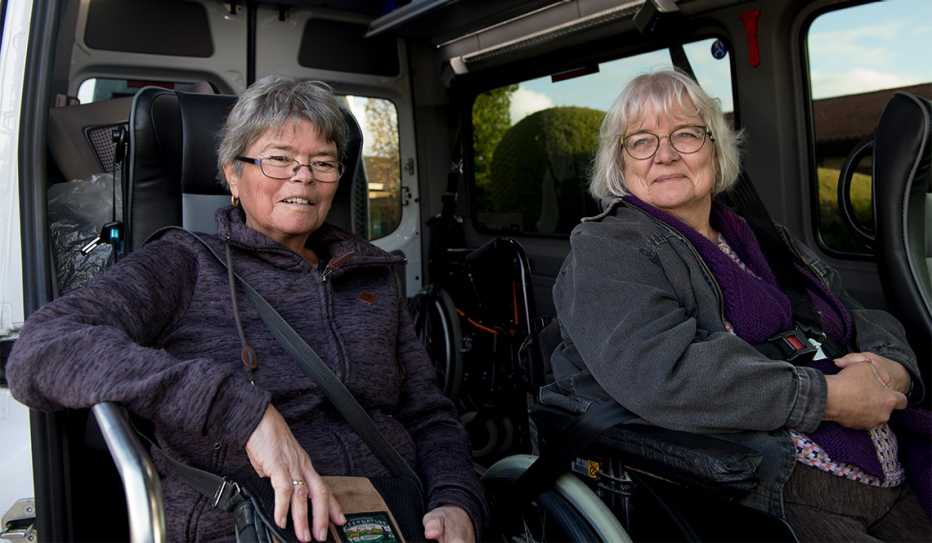AARP Hearing Center


In much of the United States, people who can’t drive or don’t have access to a car have few if any transportation options. In many places, the situation is especially dire for older adults and individuals with disabilities. But unprecedented solutions are emerging, explains Jana Lynott, a transportation planner and senior strategic policy adviser with the AARP Public Policy Institute.
“Many players in the transportation sector are working toward Mobility as a Service — also known as MaaS — with the ultimate goal of providing a comprehensive package of transportation services to replace personal vehicle ownership,” writes Lynott. “The aim is to make transportation alternatives so appealing that even the most car-dependent would choose new ways to get around.”
"The aging services sector must push the transportation sector to be better. It's the path forward to bringing the United States' demand-responsive transportation system toward improved customer service. This is an essential step toward realizing universal mobility as a service." — Jana Lynott, AARP Public Policy Institute
The “players” include large transit authorities (LA Metro), ride-hailing companies (Lyft, Uber) and even car manufacturers (Ford).
“They intend to achieve MaaS by using applied technology to make trip planning, booking, payment and modes of transfer easy,” she adds. “Such a new world order could be life-altering for people who are unable to drive, but it will only happen if their needs are considered during planning phases. This requires that transportation actors think as much about specialized services as they do about modernizing regular public transportation, and to offer new on-demand services like Lyft, electric scooters and bikes.”
One step toward MaaS becoming a reality for the many who need it most requires, says Lynott, a modernization of the current “demand-responsive transportation” system in which individuals — or agencies or healthcare providers that subsidize clients’ travel — can request transportation from an origin to a destination at a specific time.
Such an approach, Lynott notes, could be modeled after FlexDanmark, a software company owned by Denmark’s five regional public transportation authorities.
“To best coordinate Denmark’s demand-responsive transportation services, FlexDanmark’s regional call centers are integrated through a central nationwide dispatch system. Its IT system automatically finds the lowest cost transportation provider available to complete a given trip and then matches the customer with a given vehicle. Trip requests can be assigned within seconds,” Lynott explains.
Other features of the FlexDanmark system: Different customers are transported in the same vehicles (the service is open to all citizens) at the same time, thus the regional transportation authorities can transport more passengers in fewer vehicles, and offer them shared, and shorter, trips. Trips may be booked with lead times ranging from two weeks to two hours. By law, the regional transportation authorities must provide at reduced cost 104 one-way leisure trips per year to citizens with severely reduced mobility because of disability or frailty.
Although there are many differences between Denmark and the United States, the FlexDanmark model, Lynott says, can work in the U.S., especially at the regional level.
Page published April 2019
Related:
- FlexDanmark Video Series
- FlexDanmark Delivers Efficient, High Quality Transportation to its Citizens
- Universal Mobility as a Service: Harnessing the Opportunity of Disruption
- Perspectives on the Future of Transportation
- Rides Along Rural Roadways



























































